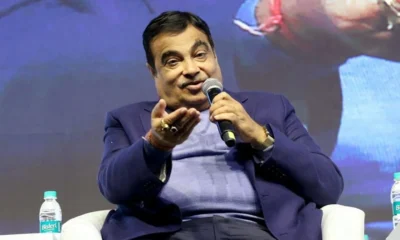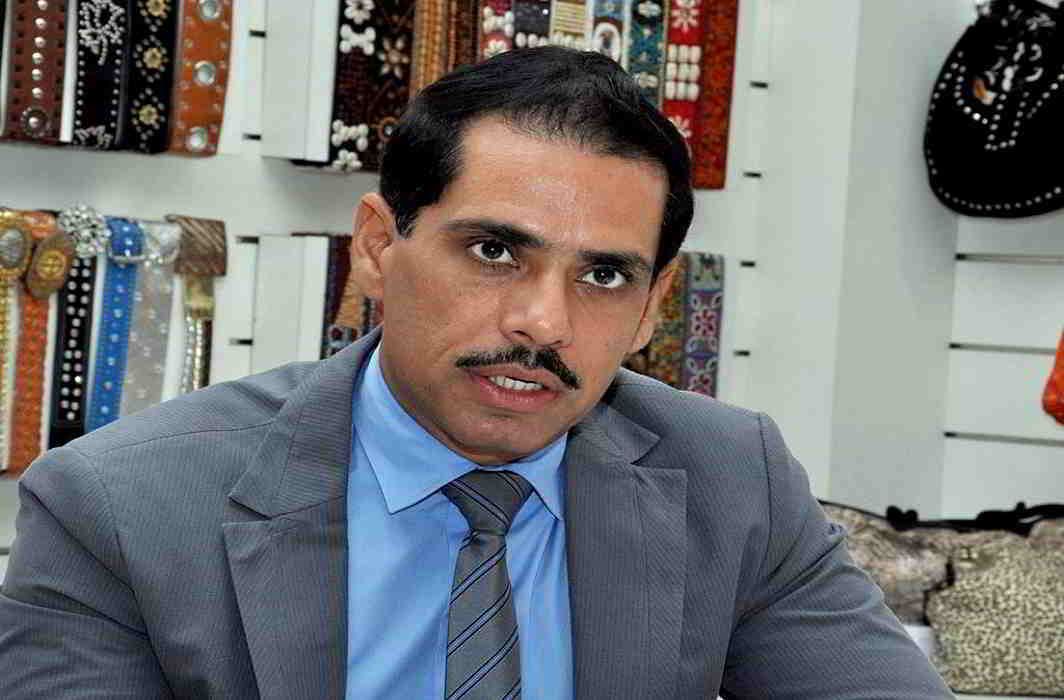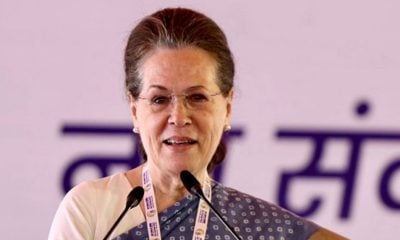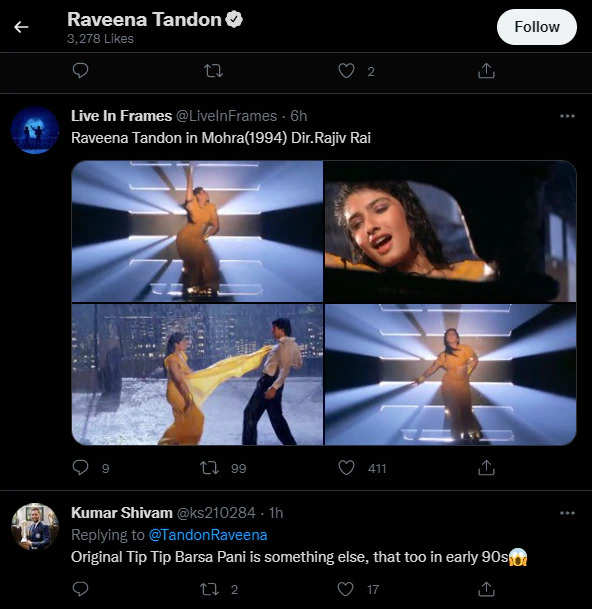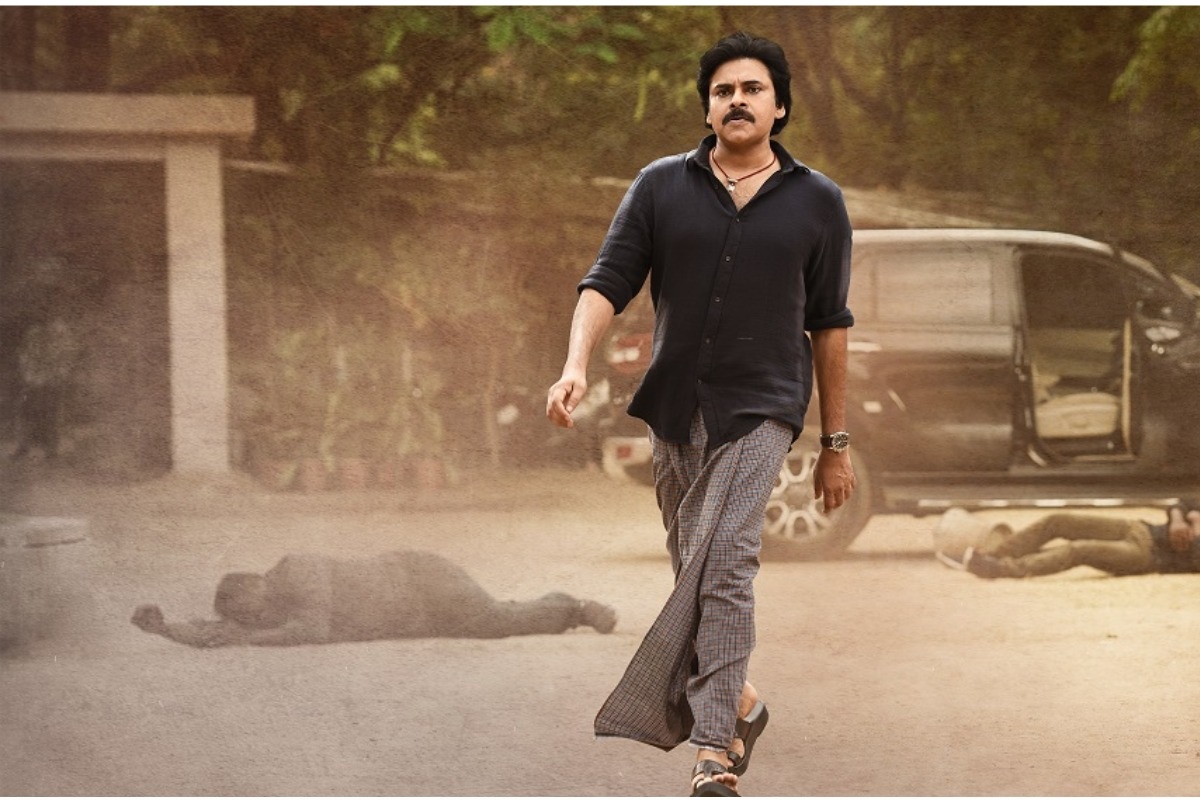[vc_row][vc_column][vc_column_text]It succeeded in beating incumbency and returning to power for the fifth straight term in a state it has ruled for 22 years, though with a reduced margin as it came down to double digits – 99, 16 below its previous tally of 115.
After a high voltage campaign, it was, all in all, a tame result. BJP won – comfortably in Himachal Pradesh and with a reduced margin in a close contest in Gujarat.
It was reason to cheer for the BJP: It succeeded in beating incumbency and returning to power for the fifth straight term in a state it has ruled for 22 years. It had a lot at stake, particularly in Gujarat, the home state of its two top leaders, Prime Minister Narendra Modi and party president Amit Shah. Modi had led the election campaign from the front and, more than Gujarat chief minister Vijay Rupani, it was his personal stature that was at stake. That managed to survive, though a wee bit diminished – assertions of his party leaders notwithstanding. The BJP seats was likely to come down to double digits, 16 below its previous tally of 115. It had already won 95 seats of the total 182 in the assembly in the results declared till 7 pm.
It was, thus, a sobering result for the BJP, though the party leaders did not see it as such. Modi hailed it as a great victory and continued the tirade against the Congress, accusing it of trying ‘all kinds of tricks’. Home Minister Rajnath Singh taunted Rahul Gandhi, referring to the defeat immediately after he assumed reins of the Congress, saying ‘sir mundaate hi ole pade’ (or a setback in the very first venture). Goa chief minister Manohar Parrikar said, “In his opening innings, he scored a zero.”
The Congress lost Himachal Pradesh but did not do too badly in the more important Gujarat polls. It may seek to attribute the gain in number of seats to its new president Rahul Gandhi who, like Modi, spearheaded his party’s campaign. The Congress tally, however, remained well below the halfway mark of 91 and did not touch even 80, despite having the most favourable conditions it has seen in decades.
While voter turnout during the 2012 Gujarat Assembly elections was 71.32 percent, this time it was 68.7 percent, down by 2.91 percent.
Notably, the leaders of Patidar, Dalit and OBC movements – all of which were against the BJP government and joined hands with Congress – won in their respective constituencies: Dalit leader Jignesh Mevani won Vadgam, OBC leader Alpesh Thakore bagged Radhanpur while Patidar leader Hardik Patel’s candidate Lalit Vasoya was headed for a win from Dhoraji.
The BJP had fielded 50 Patidar leaders, 58 OBCs, and 13 Dalits and the Congress had given tickets to 41 Patidars, 62 OBCs and 14 Dalits.
Significantly, the Congress performed much better in the first phase of elections held on Dec 9 in the area that had been BJP stronghold. It was ahead in 40 of the 89 seats in this belt, against its tally of 22 in 2012. It was after this that the campaigning became bitter, with acrimonious exchanges between the Congress and BJP or, more specifically, Modi. After suspended Congress leader Mani Shakar Aiyar’s ‘neech’ remark for Modi, the latter made the whole campaign centred on himself. Pushing other issues aside, he chose to go for polarisation. He identified Congress leaders with Muslim rulers of the past and proceeded to make the bizarre ‘Pakistan hand’ comment.
While many derided this comment, it appeared to have yielded the results that Modi had desired: the Gujarat electorate came out in support of BJP, making up for the ground it had lost in the first phase and providing the BJP its lead.
Also to be kept in mind is the fact that the BJP and its chief campaigner Modi, sensing a tough fight well in advance, had not spared any effort. When the Election Commission delayed the dates for Gujarat polls, the BJP government in the state unleashed a number of pre-poll sops and Modi went on a spree of inaugurating projects, down even ones for parking lots and bus stands.
An analysis showed that urban and semi urban voters preferred the BJP while the Congress was favoured by voters in rural areas. Of the 73 urban clusters, BJP led in 55 and, out of 109 seats in rural areas, the Congress was ahead in 62.
For the Congress, the results were a face saver and, denying it a victory in Gujarat, also drove home the fact that the party cannot become complacent as it is wont to.
One sidelight was that three Muslims got elected to the Gujarat assembly, all on Congress tickets.
In Himachal Pradesh, the BJP had won 32 seats and, with 12 leads, seemed headed for a tally of 44 seats in a 68-member assembly. The Congress was confined to just 21. One seat – that of Theog – went to CPI(M). The Congress had denied its leader Vidya Stokes a ticket here.
Shock defeat for the BJP in Himachal Pradesh was that of its chief ministerial candidate Prem Kumar Dhumal, while the incumbent chief minister Virbhadra Singh retained his seat.
BJP and Congress have been in alternating power in the state since 1990. In 2012, the Congress won 36 seats in the 68-seat Assembly, while the BJP won 26. In these elections, Himachal Pradesh, where the polling was held on November 9, recorded its highest polling in assembly elections with 74 percent of voters exercising their franchise, according to the Election Commission.[/vc_column_text][/vc_column][/vc_row]
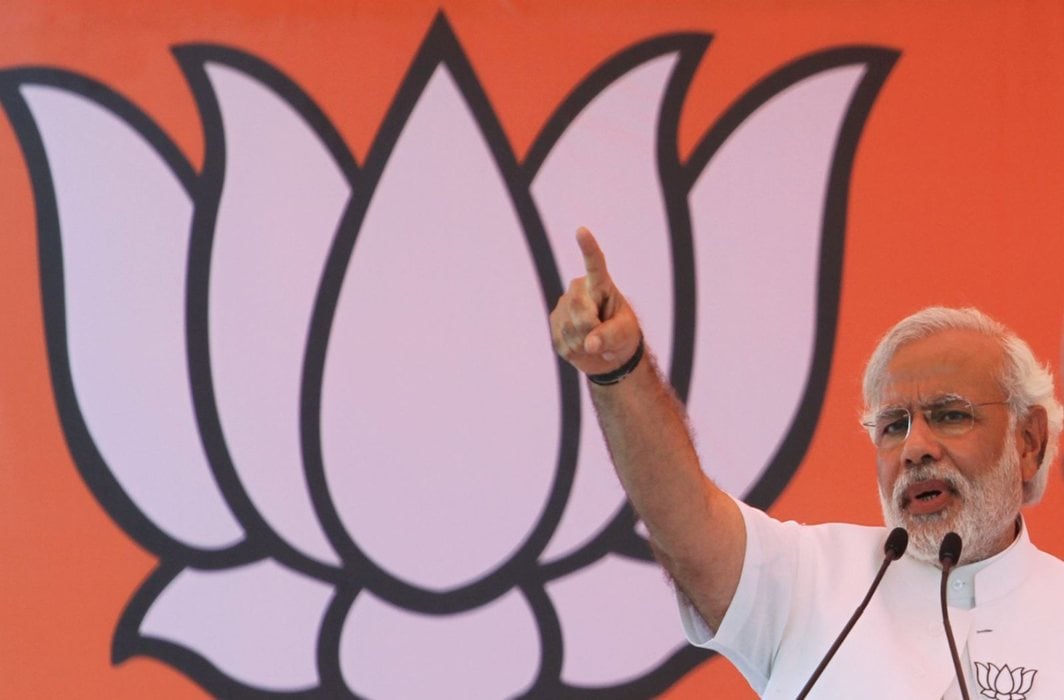

 India News16 hours ago
India News16 hours ago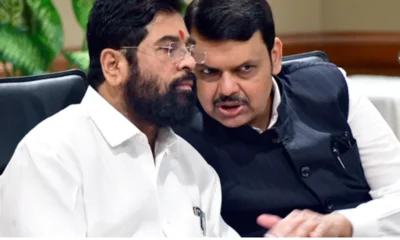
 India News13 hours ago
India News13 hours ago
 India News17 hours ago
India News17 hours ago
 India News16 hours ago
India News16 hours ago
 India News16 hours ago
India News16 hours ago
